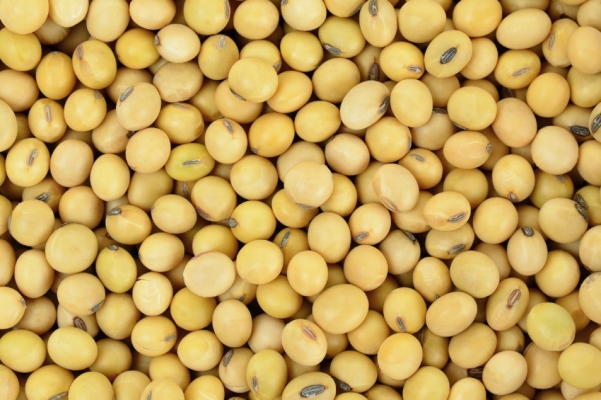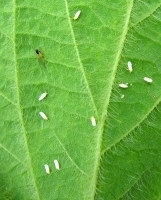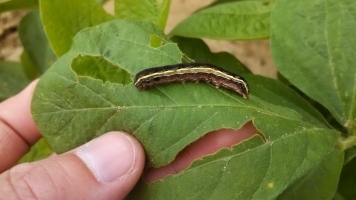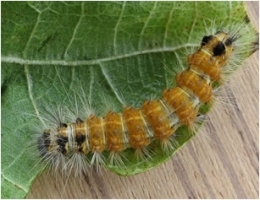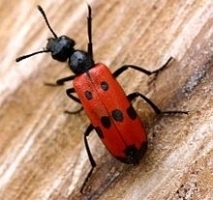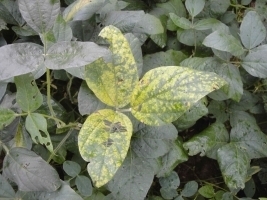MACS 13: Ready to harvest within 90-100days. It gives an average yield of 8-12qtl/acre. The variety is resistant to bacterial pustules.
Monetta: Ready to harvest within 80-85days. It gives an average yield of 6-8qtl/acre. The variety is tolerant to insect-pests.
MACS 57: Ready to harvest within 85-100days. It gives an average yield of 10-12qtl/acre. The variety is resistant to soybean mosaic bacterial pustules and bud blight.
Prasad (MAUS 32): Ready to harvest within 100-105days. It gives an average yield of 12-14qtl/acre. The variety is moderately resistant to common diseases and pests.
TAMS 38: Suitable for sowing in Vidarbha region. The variety is ready to harvest within 95days and gives an average yield of 8.6qtl/acre. The variety is moderately resistant to pod blight and tolerant to soybean rus.
Phule Kalyani (DS 228): The variety is ready to harvest within 95-100days and gives an average yield of 9.4qtl/acre.
TAMS 98-21: The variety is ready to harvest within 95-100days and gives an average yield of 8.8-10.4qtl/acre. The variety is moderately resistant to rust, leaf spot disease and insects.
MAUS 158: Suitable for sowing in Marathwada region. The variety is ready to harvest within 93-98days and gives an average yield of 9qtl/acre. The variety is tolerant to bacteria.
JG 74, JG 315, JG 322, Pusa 391, Vishwas (Phule G 5), Vijay, Vishal, JG 218, JG 16, JG 130, JGG 1, JGK 1 and BGD 128(K) are the improved varieties which are suitable for sowing in Maharashtra.
Other state varieties:
JS 93-05: Ready to harvest in 90-95days. Gives average yield of 8-10qtl/acre.
JS 95-60: Ready to harvest in 80-85days. Gives average yield of 8-10qtl/acre.
JS 97-52: Ready to harvest in 100-110days. Gives average yield of 10-12qtl/acre.
JS 20-29: Ready to harvest in 90-95days. Gives average yield of 8-10qtl/acre. Resistant to yellow mosaic virus, charcoal rot.
JS 20-34: Ready to harvest in 87-89days. Gives average yield of 9-10qtl/acre. Resistant to leaf blight.
NRC 7: Ready to harvest in 90-95days. Gives average yield of 10-14qtl/acre. Tolerant to Girdle beetle, stem fly.
NRC 12: Ready to harvest in 96-99days. Gives average yield of 10-12qtl/acre. Resistant to yellow mosaic.
NRC 86: Ready to harvest in 90-95days. Gives average yield of 8-10qtl/acre. Resistant to charcoal rot disease.
Bragg: Suitable for cultivation through out India. Ready to harvest in 112-115days. Gives average yield of 15-20qtl/acre.

